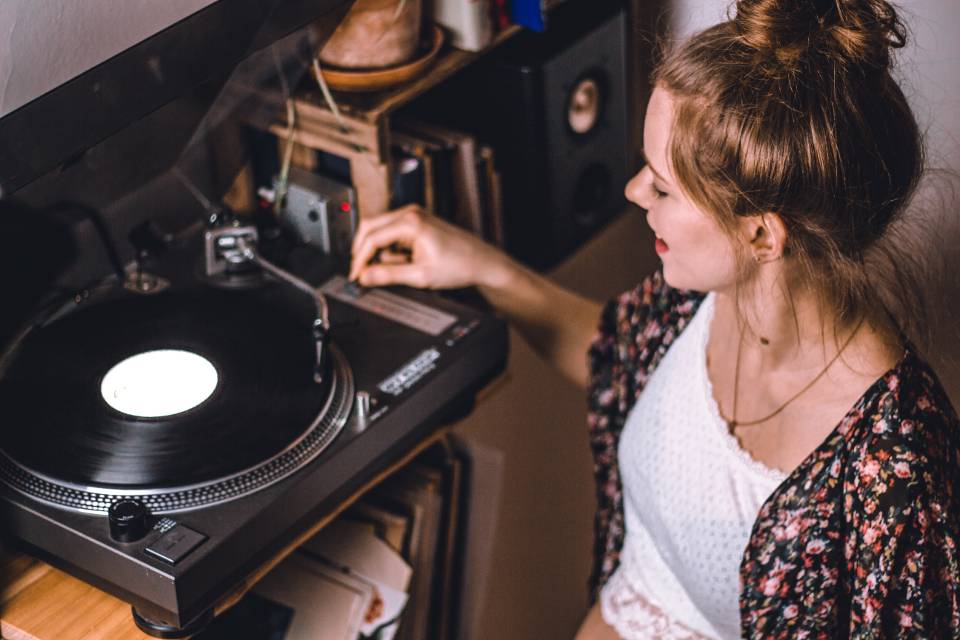
Getting into turntables seems like a lot of fun. But although this is a fairly hobby (or a profession), there are a lot of things to think about. After all, it takes more than just a turntable, vinyl records, and your home stereo or a PA system to make things sound good. There are actually a lot of other factors and pieces of gear that you’d need in order to make everything to a desirable level.
One of the main components of a great setup are preamps. These are simple devices, very similar to the ones you find being used for microphones and instruments. With all this said, we’re now going to look more into the matter and help you find the best preamp for a turntable that will satisfy your needs.
Contents
- 1 Best Preamps for Turntables
- 1.1 Pyle Phono Turntable Preamp PP444 – Best Budget Option
- 1.2 Rolls VP29 – Best Deal for the Price
- 1.3 Behringer Microphono PP400 – Best for Beginners
- 1.4 Pyramid PR2500 Preamp – Most Versatile
- 1.5 Schiit Audio Schiit Mani Phono Preamp – Best High-End Option
- 1.6 Nobsound Little Bear T11 – Best Tube-Driven Turntable Preamp
- 1.7 Musysic MU-PRE2H – Best Features
- 1.8 GOgroove Mini Phono Turntable Preamp – Best Compact Preamp
- 2 How to Connect Preamp to Turntable
- 3 Conclusion
What is a phono preamp?
But before we get into this, let’s first explain what phono preamps actually are. Of course, preamps are used for other things, including microphones or instruments. Their function is to amplify the signal from the source to a certain level. The level should be enough so that it enables you to connect the device to a PA system or any other similar device. These same rules apply to phono preamps, which are just specialized to work with turntables.
Preamps also do some additional tone-shaping. This is why many preamps often have equalizers on them. In some cases, they also have onboard effects. When it comes to turntables, the most important thing is that they add the RIAA equalization curve to your signal. Not to get too much into details, this process deals with all the frequencies across the audible spectrum and makes everything sound the way that it’s supposed to.
In the end, it’s also important to know that some turntables come with an internal preamp. In this case, you don’t need a separate preamp.
Preamp vs Amp
It’s also important to know the difference between a preamp and an amplifier. To put it simply, preamp boost the signal of the source to the line level and does some tone-shaping processes. Meanwhile, power amplifiers take the signal from this line level, amplifies it, and sends it to speakers.
The term “amplifier” usually refers to devices that encompass both preamps and power amplifiers. For instance, a keyboard or a guitar amplifier comes with a preamp section, a power amp section, and a speaker cabinet. Most of the tone-shaping is done within the preamp.
In case your power amplifier has phono input, then you can use that instead of an external preamp. However, it’s always useful to have a turntable preamp, especially if you’re doing live performances and are not taking your own PA system everywhere with you.
Best Preamps for Turntables
Now that we have some of the basics out of the way, let’s look more into the best preamps for turntables. Of course, the choice wasn’t exactly easy. There are so many different things to consider. Nonetheless, we did our best to bring you a fairly versatile list of turntable preamps. Here, we can find something for everyone’s needs. So let’s get into it.
Pyle Phono Turntable Preamp PP444 – Best Budget Option
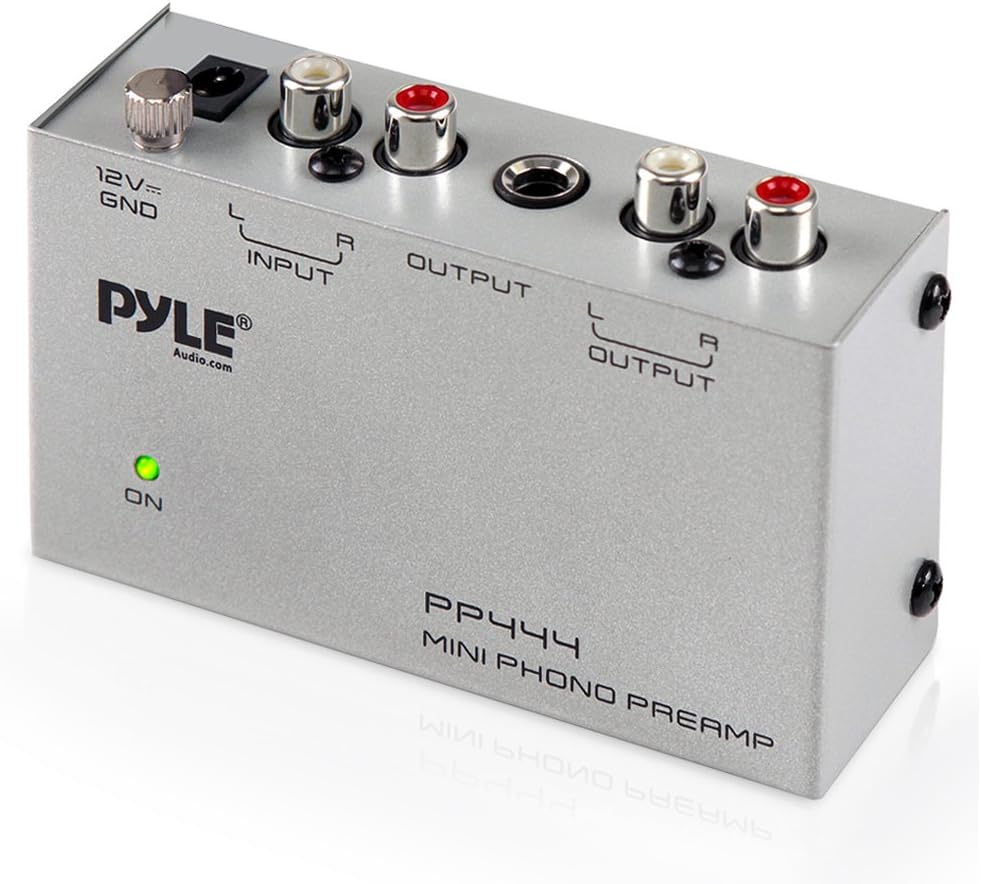
Contrary to some popular opinions, you don’t really have to cash out a lot if you need a good preamp. If you’re looking for a budget option that will still give you a great sound and needed functionalities, then check out Phyle Phono’s PP444 Turntable Preamp.
And it’s a straightforward one that’s also really simple to figure out. It has a pretty good circuitry that can accommodate signal to the line level. In addition, it’s designed to have a low-noise operation with its internal op-amps. The output is 2V max at 10,000 Ohms. It also has a sensitivity of 3mV at 50K Ohms. PP444 pretty much works with any standard turntable that has no integrated preamp. In addition, it also comes with a simple 1/4-inch stereo jack for regular mixing boards.
Overall, you can’t go wrong with this preamp. Although it’s not a high-end professional piece, it can do a great job for some smaller-sized venues and similar performances.
Pros
- Cheap and outperforms its price level
- Also has a 1/4-inch stereo output
- Noiseless operation
- Simple to use
Cons
- The build quality could be slightly better
Rolls VP29 – Best Deal for the Price

Going into some mid-level price preamps, we’d like to mention Rolls and their VP29. This compact little piece not only looks great but is capable of delivering great sound. And this is especially surprising for its price level. You’d never expect to see a professional piece that’s in this particular range. But maybe that’s not a surprise at all since the company has established its reputation for building some of the best audio equipment since the late 1980s.
We have the standard simple formation with two RCA connectors for the input and another two for the output. Looking at the specs, we can see that it covers the entire audible spectrum, from 20 Hz to 20 kHz. It also has an input sensitivity of 42 dB. However, its strength lies in the overall “flat” response, which gives your turntable and your vinyl records a spot to shine.
The only downside, however, is that it’s not that easy to find a lot of info about it online. It’s a good one, but this may be discouraging to new buyers. The company probably just relies on its reputation and word-to-mouth promotion. Other than that, it’s definitely more than worth its price.
Pros
- Great sound quality
- Covers entire audible spectrum
- Flat response
Cons
- The design could be better
Behringer Microphono PP400 – Best for Beginners

For decades now, Behringer has been building its reputation for making some surprisingly great stuff and selling it at an affordable price level. Sure, it sometimes comes at the cost of build quality, but the tone and functionalities, in most of the cases, are pretty great. For this list of the best turntable preamps, we’d like to include the company’s Microphono PP400.
When you look at its construction and features, it’s in many ways pretty similar to the aforementioned PP444 by Pyle Phono. It’s not a very high-end piece, but it still provides a lot of great stuff for its price level. Firstly, we have the standard RCA inputs and the standard RCA outputs. In addition, we can also find classic stereo line jack that makes it easy to connect to a mixing board or even an audio interface.
Knowing that vinyl is making a huge comeback, you need something that will represent this analog sound well. However, if you’re just starting out and don’t know what to go with, then we’d suggest Behringer’s Microphono PP400 as your first choice. Not only is it affordable, but it’s simple to use and it’s really reliable. After all Beghringer really stepped up their game in recent years, all without pushing the price too high.
Pros
- Compact
- Affordable
- Simple to use and really great for beginners
- Comes with a 3-year warranty
Cons
- You’ll need something more expensive if you want to become a pro
Pyramid PR2500 Preamp – Most Versatile

Are you a control freak? Do you really love to overlook and adjust every single aspect of your sound? Well, then you should definitely check out Pyramid’s PR2500 preamp. Now, this is a bit of a different preamp compared to the other products we mentioned above. First, you can see that this is a rack-mounted unit, making it significantly larger than these other smaller preamps. However, it comes with many more options. But you also need to bear in mind that this is not just a phono preamp, but also a device designed to work with tape decks or any other playback or recording devices.
Aside from the standard input, output, and the grounding post, we have a fair deal of useful controls. Firstly, there’s a 3-band equalizer. Aside from the volume knob, we also have a loudness control and even a balance knob (pan control).
On the right side, we can see a switch that determines the type of a device that you’re using. But most importantly, we also have a low filter. This is extremely useful for turntables as it gets rid of unwanted bottom-end sounds that can make your playback really muddy.
In addition to all this, the preamp also has a 1/4-inch microphone input on the front panel. There’s also a separate microphone volume level knob. So you can also use it as a microphone preamp or a channel strip.
On the backside, we have multiple sets of RCA outputs, even one section for tape deck in and out. There’s also an additional universal RCA output. Overall, it’s a very potent and versatile device.
Pros
- Designed to work with turntables, tape decks, CD players, or any similar devices
- An abundance of controls, including a 3-band EQ and a low-end filter
- Rack-mounted design
- It also has a mic input
- Onboard AC selector
Cons
- The only downside is that it’s a bit larger, which can be an issue for some settings
Schiit Audio Schiit Mani Phono Preamp – Best High-End Option

Of course, a lot of the turntablists are looking for something more professional. After all, it’s about having great equipment for live performances and not having to worry about the smallest pieces of gear giving up on you. For anyone who’s looking for a great professional turntable preamp, Schiit Audio’s Schiit Mani preamp is something they should check out.
And it takes no more than one glance to realize that this is a high-end product. The stylish design is accompanied by great tone and a very straightforward operation. While many cheaper and mid-price preamps are designed to work only with moving-magnet cartridges (or MM), this little preamp can also work well with moving coil cartridges (or MC). You can adjust this preamp according to for different cartridges by using the four switchable gain modes. These four options are 30, 42, 47, and 59 decibels.
Needless to say, the preamp has a very clear sound and has no poles in the feedback loop. It delivers accuracy and low noise operation. It’s not exactly the cheapest one, but it’s definitely worth the price if you’re building a professional rig.
Pros
- Great design
- Great tone
- Compact
- Four switchable gain modes
Cons
- It’s a bit expensive
Nobsound Little Bear T11 – Best Tube-Driven Turntable Preamp

If you’re not that familiar with vacuum tube-driven devices and their sound, we’d advise you to look more into the matter. Even in the world of turntables, tubes can completely change and “reinvent” your tone. Although it’s mostly popular in the world of electric instruments, they find use in the world of hi-fi devices as well. They always add that “organic” warmth and saturation to the tone. One tube preamp that caught our attention was Nobsound’s Little Bear T11.
This is a preamp that only works with MM cartridges. While this might be a bit of a downside, it still provides more than just decent sound. Based on an older model T10, this one features lower background noise levels. It also has a bit more lively sound overall.
This preamp is packed with 6N2 and 12AX7 tubes. Yes, the maintenance can be a bit time consuming and it requires more investment. However, the tone will be unlike any other preamp you’ll find out there, especially if you’re a fan of vintage-oriented stuff.
In addition to all this, Little Bear T11 is very well made and is packed into a very sturdy metal casing.
Pros
- Great build quality
- Has a warm vintage-inspired tone
Cons
- It’s expensive
Musysic MU-PRE2H – Best Features

But if you’re looking for something packed with a lot of features, then look no further than Musysic’s MU-PRE2H. Designed as a versatile and high-end preamp for many different devices, it can also find a use as a turntable preamp, as well as a mic preamp.
This rack-mounted piece has a combo microphone input on the left side, both for XLR and line jacks.
Then we also have a 3-band EQ, pan control, and even an additional echo effect. The additional controls also include a tape monitor switch, high and low-frequency filtering, and many others. As for the outputs, on the back panel, we can find unbalanced RCA jacks and balanced XLR ones.
This is a very versatile device with professional features. It might be a bit too tricky for beginners to figure out, but it’s definitely worth trying if you’re an experienced performer.
Pros
- Abundance of controls
- Very well built
- Not that expensive considering its qualities
Cons
- It’s rack-mounted, so it might be a bit large for some settings
GOgroove Mini Phono Turntable Preamp – Best Compact Preamp

But if having a rack-mounted preamp is a deal-breaker to you, then we’d recommend looking into something really compact, like GOgroove’s Mini Phono Turntable Preamp. It bears a very simple design with only the bare essentials. Of course, the price is pretty fair, as the preamp is not expensive at all.
It comes with the standard RCA inputs and outputs, as well as the mandatory grounding post. However, we also have a very useful addition of a stereo 1/4-inch jack output. The piece is powered using a 12-volt adapter.
The best part is that such a small preamp is capable of delivering a clear and bright sound. Its compact size is also a great addition to any type of setup, especially if you’re used to working with simple and tidy rigs. No additional bells and whistles, just a straightforward little preamp.
Pros
- Very compact
- Great sound quality
- Additional 1/4-inch stereo output
Cons
- Nothing for this price level
How to Connect Preamp to Turntable
But let’s not forget one of the main issues here. After all, we’re supposed to cover all the details and fill you up on everything that we can about turntable preamps. One of the main issues is how to connect a turntable preamp to a turntable.
The process is pretty simple. For this, you’ll need a stereo RCA cable and a ground wire. Plug the RCA cable into the turntable and connect the ground cable to its grounding post. Then just take the other end of your RCA cable and connect it to your preamp’s designated output. Then also take the other and of the ground wire and connect it to the preamp’s ground post.
You’ll also need a second RCA cable and connect it to the power amp or any other device that you’re using. But if you’re using a phono preamp, don’t ever connect it to the phono input. That one’s only used if there’s no preamp involved in your signal path.
See our list of top 5 best turntables for under $500
Conclusion
While we listed a fair amount of great products, there are a few things to consider when buying a turntable preamp. While these are essentially not that complicated devices, you need to know what exactly are you aiming for and what budget are you working with.
For instance, if you really love vintage tones, then it’s a great idea to go with a tube preamp. However, these are usually really expensive, they’re sensitive, and they require more maintenance. But in case you need something simpler that won’t take much place, then go with one of the compact preamps.
At the end of the day, if you need a preamp, you can’t go wrong with any of the examples presented above. Just make sure to know what you’re looking for.


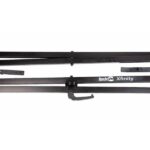
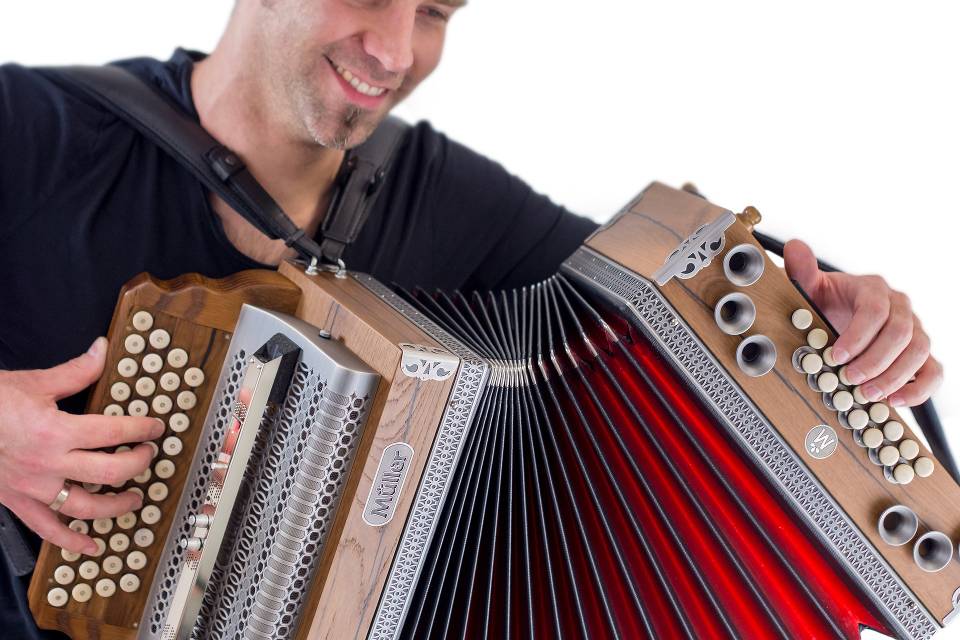
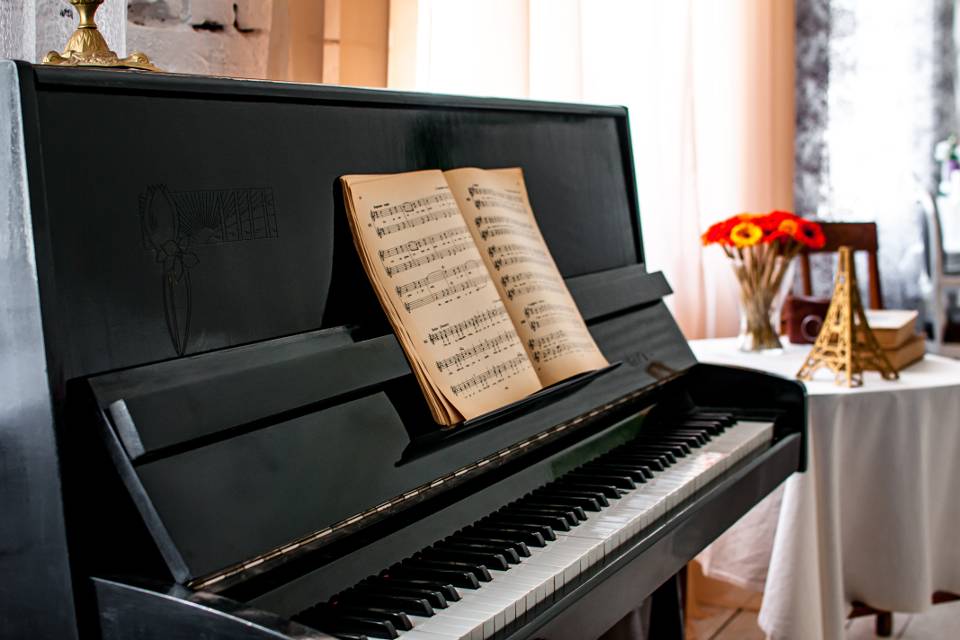

![Ortofon 2M Blue vs. Nagaoka MP-110 [Comparison] Ortofon 2M Blue vs. Nagaoka MP-110 – A Comparison](https://musiicz.com/wp-content/uploads/Ortofon-2M-Blue-vs.-Nagaoka-MP-110-–-A-Comparison-2-150x150.jpg)